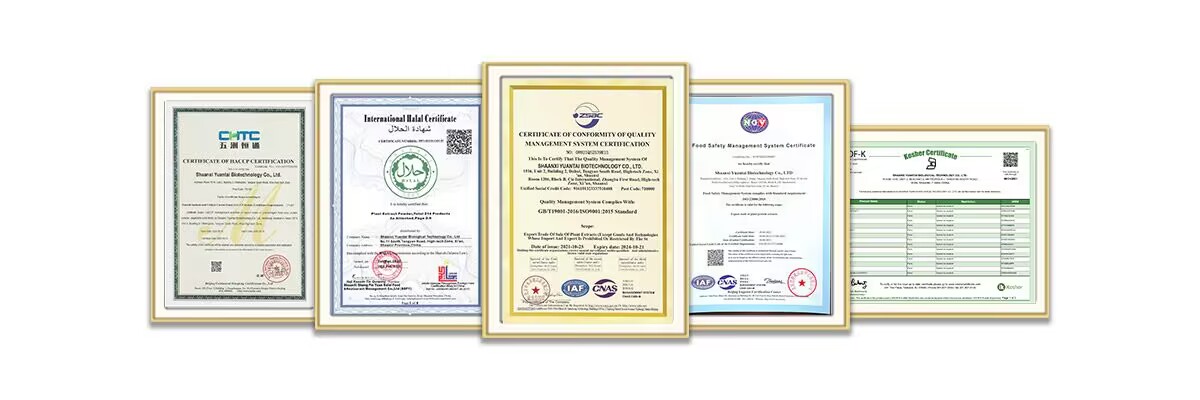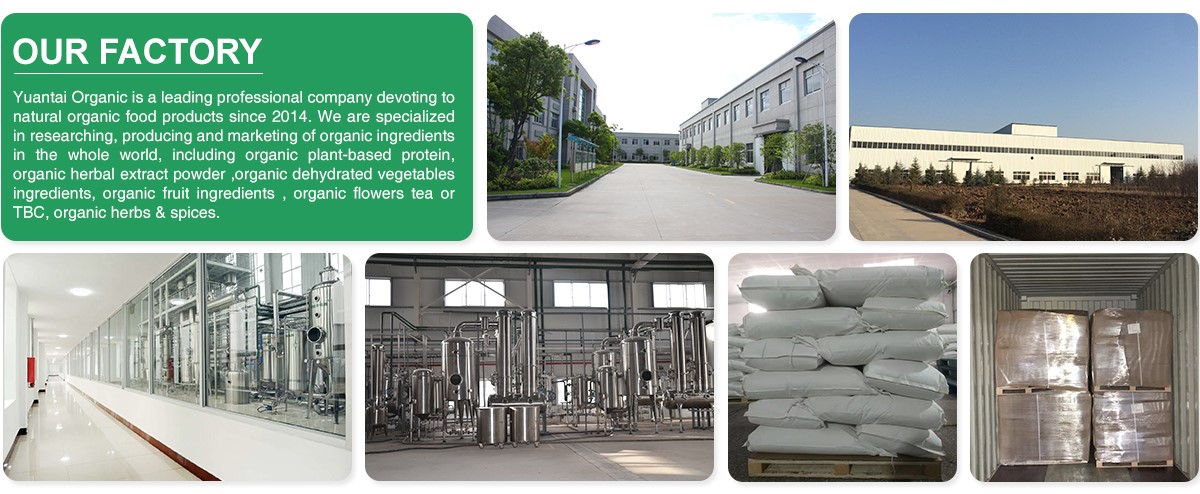Ceramide powder
Molecular weight: 537.91
Purity: 98%
Certification: EU&NOP organic certificate, ISO9001, ISO22000, Kosher, Halal, HACCP
Delivery speed: 1-3 days
Stock: Available in stock
Payment method: T/T, VISA, XTransfer, Alipay...
Transportation: DHL.FedEx, TNT, EMS, SF, sea freight, air freight
- Fast Delievery
- Quality Assurance
- 24/7 Customer Service
Product Introduction
What is ceramide powder?
Ceramide powder is a water-soluble lipid substance. It is similar to the material structure of the stratum corneum of the skin. It can quickly penetrate into the skin and combine with the water in the stratum corneum to form a mesh structure to lock in moisture. It is the main component of the intercellular lipid body in the outermost stratum corneum of human skin (>50%), which plays an important role in preventing moisture from escaping and protecting against external stimuli, and is responsible for protecting the skin and moisturizing and hydrating. There are also many research reports that the use of topical cream products containing ceramide can achieve the purpose of preventing allergic skin diseases and inhibiting melanin brown spots. It is a type of phospholipid with ceramide as the skeleton, mainly ceramide phosphorylcholine and ceramide phosphorylethanolamine. Phospholipids are the main components of cell membranes. 40%~50% of sebum in the stratum corneum is composed of ceramide, which is the main part of the intercellular matrix and plays an important role in maintaining the balance of moisture in the stratum corneum.

Main functions:
1. Barrier function
The relationship between skin barrier function and skin lipids was studied. The results showed that as the skin lipid content decreased, the skin barrier function decreased.

2. Adhesion
It plays the role of bonding cells through ester bonds with cell surface proteins. This mutual connection is called "lipid-cell-protein" wrapping. The adhesion between keratinocytes is determined by measuring the ceramide content in the epidermal stratum corneum. The reduction of ceramide content in the epidermal stratum corneum can reduce the adhesion between keratinocytes, resulting in dry, flaky and scaly skin. The main cause of dry skin is the reduction of ceramide content in the epidermal stratum corneum. The level of ceramide content is directly related to the degree of skin dryness. The use of ceramide can significantly enhance the adhesion between keratinocytes, improve the degree of skin dryness, and reduce skin desquamation.
3. Moisturizing effect
The water content of the skin accounts for about 18% to 20% of body weight. The moisture and elasticity of the skin are closely related to the water content of the epidermis. Excessive loss of skin moisture can lead to dry skin and even cracking. Topical use of ceramide can lead to a very significant increase in skin conductivity, followed by cholesterol, and the effect of free fatty acids and cholesterol esters is not obvious. It has a strong ability to associate with water molecules. It maintains skin moisture by forming a mesh structure in the stratum corneum. Therefore, it has the effect of maintaining skin moisture.
4. Anti-aging effect
During the aging process of the skin, lipid synthesis decreases and the ceramide content in the stratum corneum decreases. The characteristics of skin aging are: (1) dry, desquamated, rough, and dull skin; (2) thinning of the stratum corneum, increased wrinkles, and decreased elasticity. The use of this product can increase the ceramide content in the epidermal stratum corneum, improve skin dryness, desquamation, roughness and other conditions; at the same time, it can increase the thickness of the epidermal stratum corneum, improve the skin's water holding capacity, reduce wrinkles, enhance skin elasticity, and delay skin aging.
5. Cell function
It exists in the cell membrane of animal and plant tissues. Its molecules expose monosaccharide or oligosaccharide residues to the extracellular space and participate in the reaction with the glycolipid head group of other cells, antibodies, bacterial toxins, and viral envelope proteins. Therefore, it plays a very important role in cell adhesion, regulating cell immunity, determining blood type and serving as a tumor antigen. GSLs directly participate in cell recognition through GSL-GSL interaction and GSL-protein lectin interaction.
Main application
1. Daily chemical aspect
Using skin revitalizing essence cosmetics containing ceramide can enhance the skin's anti-aging function, keep the skin elastic, smooth and delicate, and reduce the formation of facial wrinkles.
2. Medical aspect
It plays an important messenger role in the biological effects induced by various cytokines, vitamin D3, Fas and CD28 ligands, and its role in mediating cell apoptosis has attracted increasing attention; it also participates in various physiological and pathological processes such as cell differentiation. In the process of epidermal keratinocyte culture, it can induce apoptosis. It is a decomposition product of sphingomyelin in the bilayer of biological membranes and is a recognized second messenger; and it plays a wide range of important roles in the growth, proliferation, differentiation, apoptosis and damage of cells.
Preparation method:
1. Natural extraction method
It comes from animals and plants. It comes from the brain of animals with pathogenic risks, so it cannot be used in cosmetics. The plant extraction method is limited by the growth cycle and season of plants, and the yield is low.
2. Chemical synthesis method
The chemical synthesis is mainly pseudoceramide, which has a similar structure and function to it, and can be used in cosmetics. Many pseudoceramides have been successfully synthesized.
3. Microbial fermentation method
The microbial fermentation method is a commonly used method for preparing ceramide in recent years, that is, using Pichia sherwoodii or Saccharomyces cerevisiae to ferment under certain conditions to obtain tetraacetyl phytosphingosine (TAPS), which is then deacetylated to obtain phytosphingosine, and fatty acids are added to synthesize ceramide and other substances.
Certificates
YTBIO is developing in an all-round way. We have our own factory, quality inspection and R&D team. We are committed to providing customers with the best quality Ceramide powder and services. It is our original intention to let every consumer enjoy high-quality and healthy products. If you have any needs or questions about our products, please feel free to contact us and we will reply you as soon as possible.

Packaging and Shipping


Our Company and Factory

_1737093401309.png)

